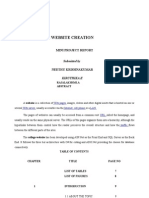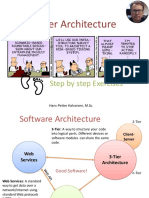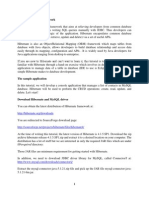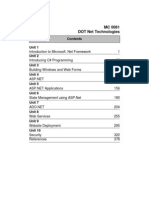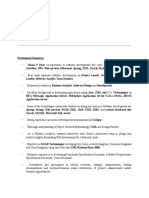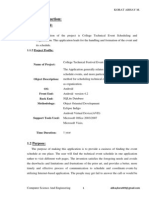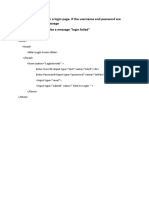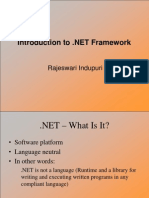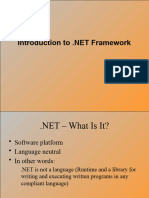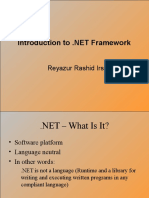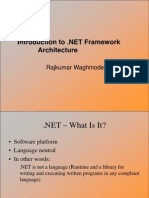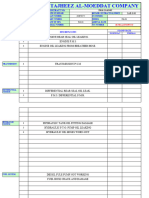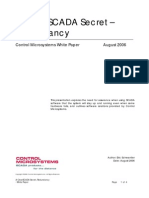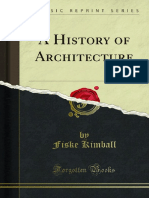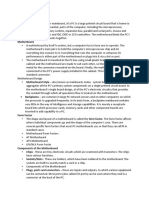Introduction to .
NET Framework
Rajeswari Indupuri
Software platform Language neutral In other words:
.NET is not a language (Runtime and a library for writing and executing written programs in any compliant language)
.Net is a new framework for developing web-based and windows-based applications within the Microsoft environment. The framework offers a fundamental shift in Microsoft strategy: it moves application development from client-centric to servercentric.
�.NET Application
.NET Framework
Operating System + Hardware
�VB
VC++
VC#
JScript
Visual Studio.NET
Common Language Specification
ASP.NET: Web Services and Web Forms
Windows Forms
ADO.NET: Data and XML Base Class Library Common Language Runtime
Common Language Runtime Windows Forms ASP.NET
Web Forms Web Services
ADO.NET, evolution of ADO Visual Studio.NET
�CLR
works like a virtual machine in executing all languages. All .NET languages must obey the rules and standards imposed by CLR. Examples:
Object declaration, creation and use Data types,language libraries Error and exception handling Interactive Development Environment (IDE)
Development
Mixed language applications
Common Language Specification (CLS) Common Type System (CTS) Standard class framework Automatic memory management
Consistent error handling and safer execution Potentially multi-platform Removal of registration dependency Safety fewer versioning problems
Deployment
� CTS is a rich type system built into the CLR
Implements various types (int, double, etc) And operations on those types
CLS is a set of specifications that language and library designers need to follow
This will ensure interoperability between languages
�Code in VB.NET
Code in C#
Code in another .NET Language
VB.NET compiler
C# compiler
Appropriate Compiler
IL(Intermediate Language) code
CLR just-in-time execution
.NET languages are not compiled to machine code. They are compiled to an Intermediate Language (IL). CLR accepts the IL code and recompiles it to machine code. The recompilation is just-in-time (JIT) meaning it is done as soon as a function or subroutine is called.
The JIT code stays in memory for subsequent calls. In cases where there is not enough memory it is discarded thus making JIT process interpretive.
Languages provided by MS
VB, C++, C#, J#, JScript APL, COBOL, Pascal, Eiffel, Haskell, ML, Oberon, Perl, Python, Scheme, Smalltalk
Third-parties are building
�Windows Forms
Framework for Building Rich Clients
RAD (Rapid Application Development) Rich set of controls Data aware ActiveX Support Licensing Accessibility Printing support Unicode support UI inheritance
�ASP.NET,the
platform services that allow to program Web Applications and Web Services in any .NET language
ASP.NET
Uses .NET languages to generate HTML pages. HTML page is targeted to the capabilities of the requesting Browser
ASP.NET
Program is compiled into a .NET class and cached the first time it is called. All subsequent calls use the cached version.
�ASP.NET
Logical Evolution of ASP
Supports multiple languages Improved performance Control-based, event-driven execution model More productive Cleanly encapsulated functionality
Allows clean cut code
Code-behind Web Forms
Easier for tools to generate Code within is compiled then executed Improved handling of state information Support for ASP.NET server controls
Data validation Data bound grids
A technical definition
A programmable application component accessible via standard Web protocols
�Web Services
It is just an application that exposes its features and capabilities over the network using XML to allow for the creation of powerful new applications that are more than the sum of their parts
�ADO.NET (Data and XML)
New objects (e.g., DataSets) Separates connected / disconnected issues Language neutral data access Uses same types as CLR Great support for XML
Development tool that contains a rich set of productivity and debugging features
�CLR
CLR
The .NET Framework
Dramatically simplifies development and deployment Provides robust and secure execution environment Supports multiple programming languages
��Comparison between J2EE and .NET Architectures
�Execution Engine J2EE Java source code compiles into machineindependent byte code Runtime Environment : JVM .NET Any compliant language compiles into MSIL Runtime environment : CLR Both JVM and CLR ,support services, such as code verification, memory management via garbage collection, and code security
�Cross Platform Portability
J2EE Platform Independent JDK should exist on target machine .NET Supports Windows platform CLR should exist on target machine Can support other platforms provided it has its own JIT complier
�Language Support
J2EE Tied to Java Supports other languages via interface technology .NET Language independent Supports any language if mapping exists from that language to IL
�Tools Support
J2EE Can employ any number of tools Pro :Developer has a great deal of choice Con :Difficulty in choosing a right tool for a given job
.NET Visual Studio.NET, single IDE for building an application




